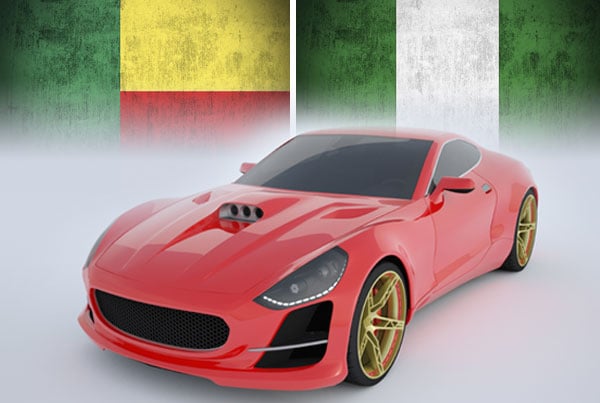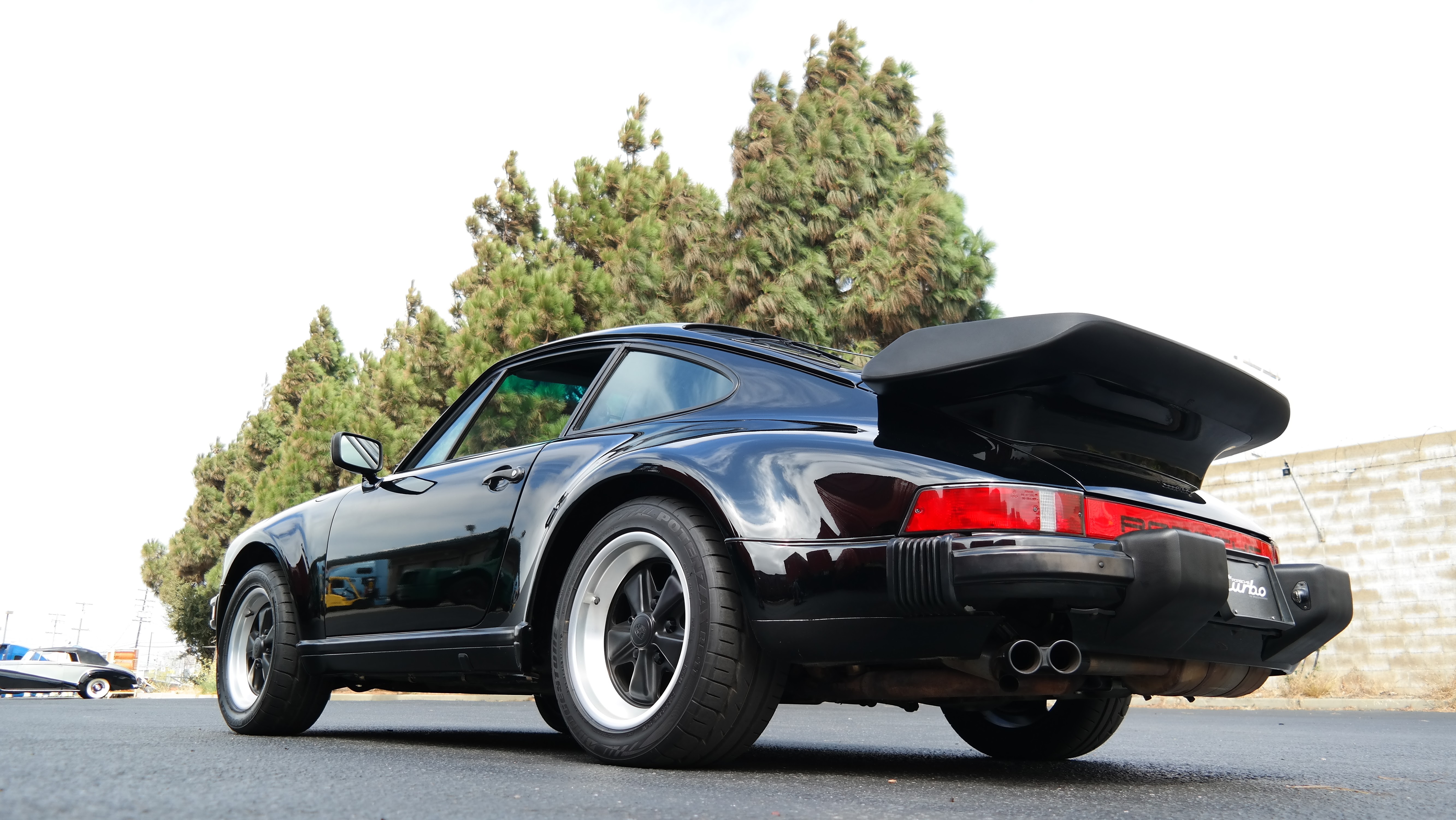Ship Vintage vs. Modern Race Cars: Export Guide & Costs
Moving a 1965 Shelby GT350 R across the Atlantic is nothing like shipping a 2024 GT3 Cup car to the same circuit. Frame construction, spare-part needs, and customs codes all diverge—so do the risks and costs.
Use these insights to decide on packaging, cargo protection, and paperwork—then tap our calculator for instant rates and white-glove support.1. Why Do Vintage and Modern Race Cars Require Different Transport Strategies?
Vintage racers are irreplaceable historical assets. Body panels are often thin aluminum or fiberglass, chassis rails lack modern jacking points, and matching-numbers engines boost collector value. Modern race cars, on the other hand, feature carbon tubs, active aero, and sensitive electronics that can be recalibrated only by factory technicians. Each era presents unique vulnerabilities, documentation paths, and transit deadlines.
Our international race-car transport guide explains core motorsport logistics, but era-specific tweaks are what keep paintwork, data loggers, and concourse value intact.
2. Chassis Vulnerability: Steel vs. Carbon Fiber
Vintage
Steel ladder frames bend under incorrect tie-down tension. Rust-prone seams also react poorly to high humidity during ocean voyages. We install desiccant packs inside the container and use soft straps around wheels—never axles—to avoid metal fatigue.
Modern
Carbon-fiber tubs can delaminate under point loads. WCS employs custom wheel cradles and “no-touch” lifting frames, identical to those detailed in our F1 logistics article.
3. Parts & Spares: Crates, Pallets, and Hazardous Goods
Vintage owners usually ship NOS gearboxes, rare carbs, and period-correct wheels. These travel in foam-lined crates to prevent dings that hurt concours scoring.
Modern teams move data servers, nitrogen bottles, and tire ovens. Hazardous-goods filings mirror steps from our fuel hazmat regulations guide and must match IATA or IMO rules for flights and ocean routes.
4. Documentation: HS Codes for Classics vs. Temporary ATA Carnets for Modern Cars
-
Vintage (≥25 years)—Use HS 9705 (collectors’ items) in many EU ports to reduce duties.
-
Modern—Apply an ATA Carnet for tax-free temporary admission, as outlined in our carnet guide.
Failure to align codes with age can trigger full VAT and delays.
5. Customs & Duties: Age Exemptions vs. Prototype Valuations
Vintage cars older than 30 years often gain reduced or zero duty in Europe. Modern GT3s or NASCARs pay full ad-valorem duty unless covered by a carnet. WCS pre-calculates these costs in your quote so exchange-rate swings—highlighted in our Euro surge import post—don’t surprise you.
6. Protection Levels: Agreed-Value for Vintage, Replacement-Value for Modern
A documented appraisal secures “agreed-value” cargo protection for classics. For factory-backed modern racers, we insure at current replacement cost plus electronics. Both fall under our Cargo Damage Protection program.
7. Loading Equipment: Lift-Gate Angles, Soft Straps, and Wheel Nets
-
Vintage—Low-profile splitters demand 6-degree lift-gate angles.
-
Modern—Wide slicks need wheel nets rated at 10,000 lb to avoid rim compression.
These best practices echo our track-day transport checklist.
8. Route & Timing: Container Consolidation vs. Time-Critical Air Freight
| Era | Preferred Mode | Transit | Why |
|---|---|---|---|
| Vintage | Shared 40-ft container | 18-30 days | Lower cost; humidity control; flexible schedules |
| Modern | Air freight charter | 2-3 days | Protects electronics; meets tight race calendars |
Our Oakland, Miami, and New Jersey hubs handle both, mirroring the network used in our auction transport guide.
9. Real-Life Cost Comparison: 1967 Camaro vs. 2023 GT3 Cup
| Cost Element | ’67 Camaro (Container) | ’23 GT3 Cup (Air Freight) |
|---|---|---|
| Ocean/Air | $4,800 | $18,500 |
| Cargo protection | $1,400 | $7,200 |
| Customs/Duty | $0 (collector HS) | $0 (ATA Carnet) |
| Total | $6,200 | $25,700 |
Savings exceed $19 k for the classic, but air keeps the modern car within FIA test-day windows—priceless for championship points.
10. How West Coast Shipping Tailors Solutions for Every Era
-
Era-specific crating: From wood-blocked axle stands for vintage to carbon tub frames for modern.
-
Custom paperwork: Collectible HS codes, carnet filing, and EU NOVA declarations.
-
Real-time tracking: GPS + AIS vessel feeds via our customer portal.
-
Multi-modal network: Containers, RoRo, and charter flights from three U.S. coasts.
-
Motorsport-trained staff: Former crew chiefs who hit every scrutineering deadline.
Key Takeaways
-
Vintage race cars need humidity control, agreed-value cargo protection, and collector HS codes.
-
Modern race cars demand carbon-safe strapping, ATA carnets, and air-freight options.
-
Spare parts shipping differs—NOS crates vs. hazardous nitrogen and fuel drums.
-
WCS offers tailored equipment, documents, and cargo protection for every era of motorsport machinery.
Get Your Vintage or Modern Race Car Shipping Quote
Ready to move a timeless classic or next-gen racer? Use our calculator below for an instant, all-inclusive quote and let West Coast Shipping handle every mile—door to podium.
You May Also Like
These Related Stories

Classic vs. Muscle vs. Vintage: Specialized Shipping Challenges Compared

Window of Opportunity for Dealers - Ship Cars to Nigeria via Benin Now

-093789-edited.png?width=220&height=79&name=wcs_final_logo_(1)-093789-edited.png)
